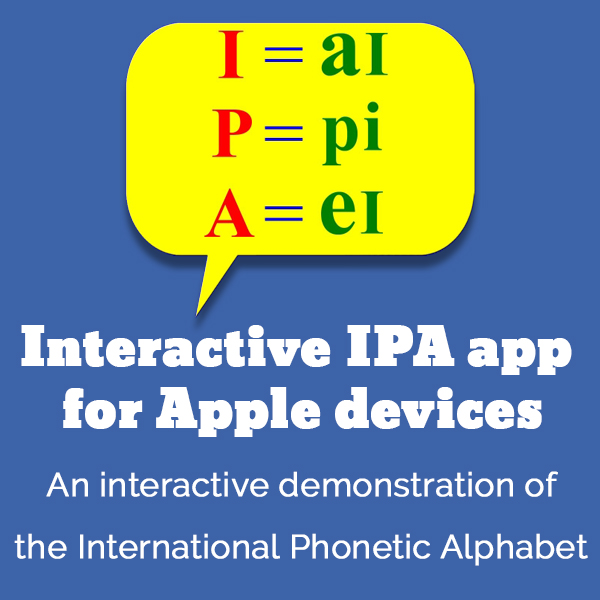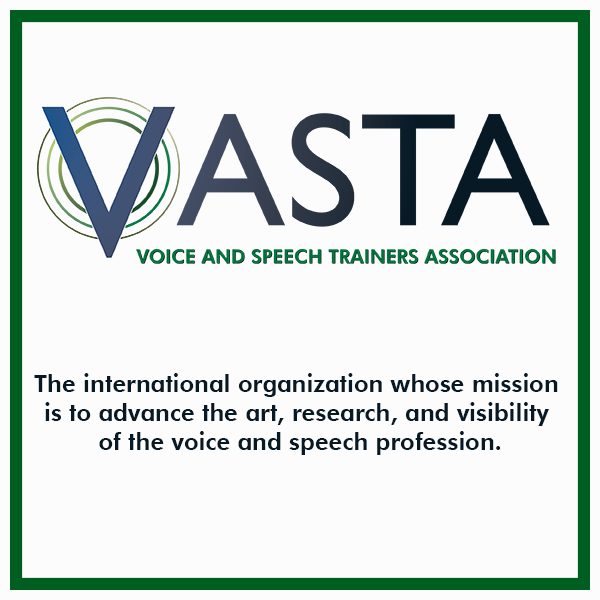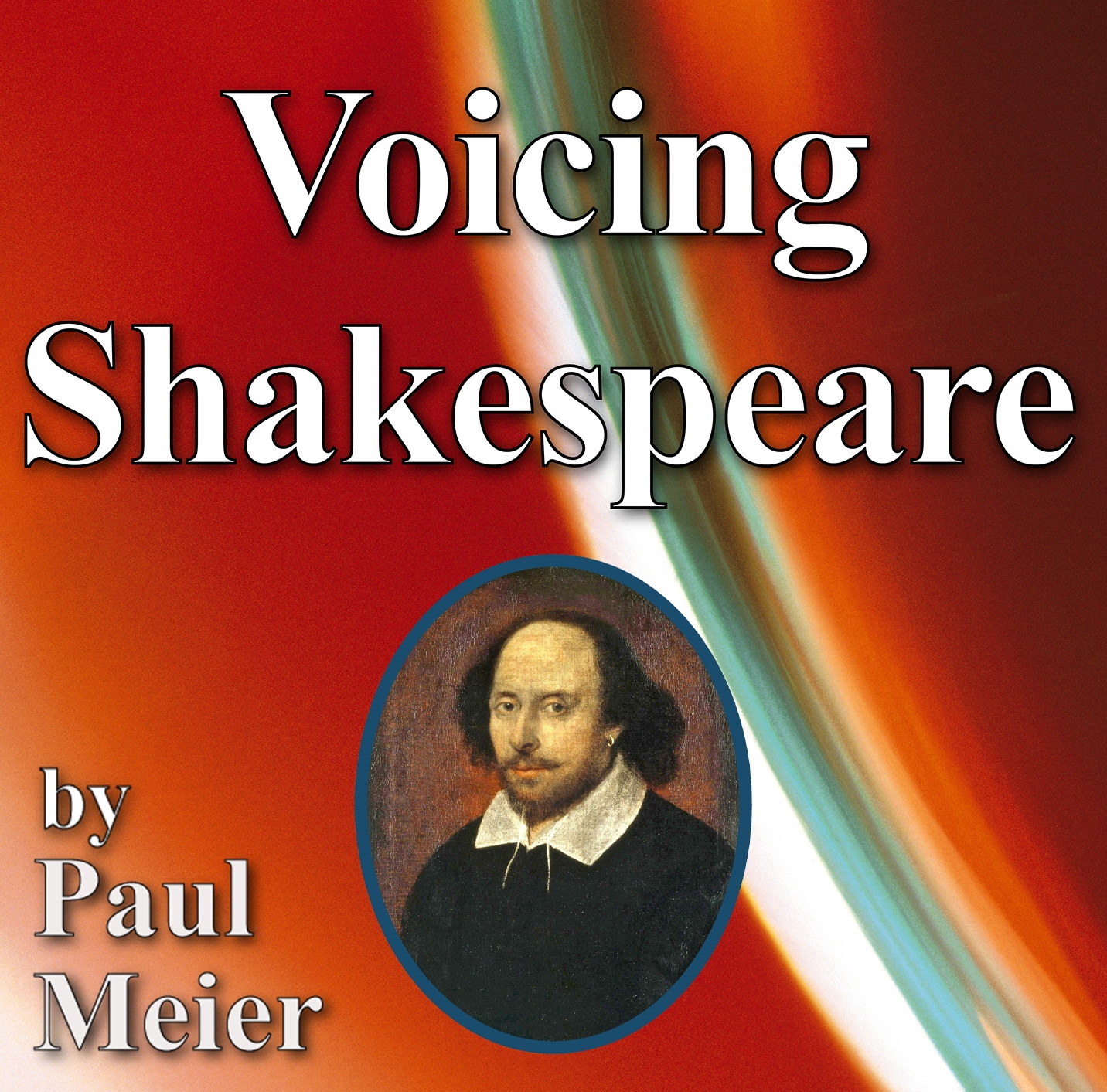Scotland 3
Listen to Scotland 3, a 20-year-old woman from Ayrshire and Kilbirnie, Scotland. Click or tap the triangle-shaped play button to hear the subject.
Both as a courtesy and to comply with copyright law, please remember to credit IDEA for direct or indirect use of samples. IDEA is a free resource; please consider supporting us.
BIOGRAPHICAL INFORMATION
AGE: 20
DATE OF BIRTH (DD/MM/YYYY): 1980
PLACE OF BIRTH: Ayrshire (a small village near Glasgow)
GENDER: female
ETHNICITY: Caucasian
OCCUPATION: university student
EDUCATION: university education
AREA(S) OF RESIDENCE OUTSIDE REPRESENTATIVE REGION FOR LONGER THAN SIX MONTHS:
The subject was born, raised and lived in a small village near Glasgow until her matriculation at the University of Kansas in the United States in 2000.
OTHER INFLUENCES ON SPEECH:
Despite attending university in the United States, her accent is still quite strong, perhaps because she had been in the States only a couple of months before this recording was made.
The text used in our recordings of scripted speech can be found by clicking here.
RECORDED BY: Paul Meier
DATE OF RECORDING (DD/MM/YYYY): 10/04/2000
PHONETIC TRANSCRIPTION OF SCRIPTED SPEECH: N/A
TRANSCRIBED BY: N/A
DATE OF TRANSCRIPTION (DD/MM/YYYY): N/A
ORTHOGRAPHIC TRANSCRIPTION OF UNSCRIPTED SPEECH:
Two weeks before I moved here we moved out the house. So that was quite distressing. Em, I went to school in a local village school called Gateside Primary, and then from there I went on to Garnock Academy, which was in Kilbirnie. Em, ‘n’ three towns went to that school: Beith, Dalry, and Kilbirnie. And I did six years at that school, so I left when I was 17. And I moved to Stirling University when I was still 17, so it was a big adventure. Em, spent two years there. Em, started doing film and media and marketing. I also did it with computing one semester and philosophy the next. But I still stuck with film and media. And then I applied for coming here when I was in second year at Stirling, so I would have been 18n or so, *19 or 19. And then I came out here em eight weeks ago, and, em, I’ve been here ever since. *Really enjoy living, I’m enjoying it here, but it’s so different from Scotland. *I really enjoy em like the size of the places here. Just Scotland, don’t know if you’ve ever been, but it’s tiny. Em, but I miss, like, all my friends and my family and my flat in Scotland and my niece. I’ve got a small niece called Caitlin. So I miss all that. I miss my family, my parents. Well, near me, of course, there’s Gateside, and then beside that’s Beith, and then there’s Lugton. Um, and the nearest big town would be Paisley, which is they’re trying t- to debate whether to turn that into a city just now. Em, and then beside Paisley there’s Glasgow, which is again, Glasgow’s only half an hour away at the most. Em, so that’s where I went a lot when I was younger. Em, there’s also Irvine and Linwood, um, Kilmarnock, Ayr … *trying to think of anywhere else. They’re all, like, they’re all the big towns, but we’re, where we are we’re very accessible to all of them. And then the next nearest place I would say would be Stirling, but that’s about an hour’s drive away from Glasgow.
[* = vocalic pause]
TRANSCRIBED BY: Kevin Flynn
DATE OF TRANSCRIPTION (DD/MM/YYYY): 31/08/2007
PHONETIC TRANSCRIPTION OF UNSCRIPTED SPEECH: N/A
TRANSCRIBED BY: N/A
DATE OF TRANSCRIPTION (DD/MM/YYYY): N/A
SCHOLARLY COMMENTARY:
If you are a dialect researcher, or an actor using this sample to develop your skill in the accent, please see my instruction manual at www.paulmeier.com. As the speaker in this sample is a unique individual, it is highly unlikely that she will conform to my analysis in every detail. But you will find it interesting and instructive to notice which of my “signature sounds” and “additional features” (always suggested only as commonly heard features of the accent) are widely used by most speakers of the dialect, and which are subject to variation from individual to individual.
And for greater perspective on the dialects, accents, and languages of Scotland, I recommend this podcast with IDEA Associate Editor Ros Steen.
COMMENTARY BY: Paul Meier
DATE OF COMMENTARY (DD/MM/YYYY): 13/11/2016
The archive provides:
- Recordings of accent/dialect speakers from the region you select.
- Text of the speakers’ biographical details.
- Scholarly commentary and analysis in some cases.
- In most cases, an orthographic transcription of the speakers’ unscripted speech. In a small number of cases, you will also find a narrow phonetic transcription of the sample (see Phonetic Transcriptions for a complete list). The recordings average four minutes in length and feature both the reading of one of two standard passages, and some unscripted speech. The two passages are Comma Gets a Cure (currently our standard passage) and The Rainbow Passage (used in our earliest recordings).
For instructional materials or coaching in the accents and dialects represented here, please go to Other Dialect Services.
 IDEA: International Dialects of English Archive
IDEA: International Dialects of English Archive




